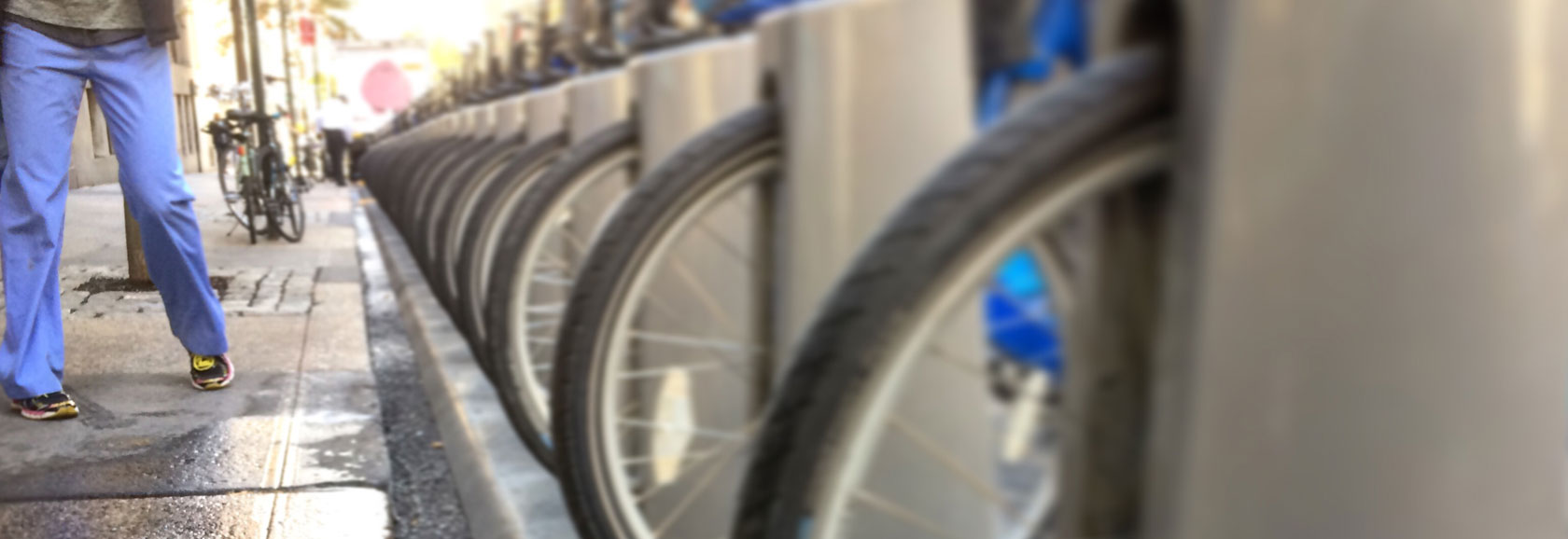Urban mobility demands positioning accuracy to enable attractive user experiences

Mark Murray, Vice President Sales, GNSS & Automotive, Quectel Wireless Solutions Co., Ltd.
Today, about 7% or urban trips globally are taken by bicycles and e-bikes but this growing market is being stimulated by changing work habits, improved e-bike performance and heightened environmental consciousness, reports the Institute for Transportation & Development Policy. The impact on the environment of this increased usage could be substantial but utilization of ride-sharing e-vehicles such as e-bikes and e-scooters is dependent on location accuracy and connectivity. If you can't find a vehicle to use, you can't provide revenue to e-bike service providers and you'll revert to traditional public transport.
This will not help cities hit their environmental targets but, if e-bikes and e-scooters can be easily located and their journeys accurately tracked for ease of charging and maintenance, the market can take off and go well beyond the current 7% figure. If the bicycle and e-bike market can develop to account for just 23% of trips by 2050 as part of a comprehensive shift towards sustainable transport, we could avoid approximately 300 megatonnes of global CO2 emissions caused by urban transit. In addition, this isn't just about doing the right thing, there's money to be made and it is estimated that cities could save US$25 trillion in cumulative costs of transport over the next 35 years thanks to cycling.
With cities enduring lockdowns in 2020, people are re-assessing how and where they work but it's likely cities will continue to play leading roles in commerce and workers will continue to meet to collaborate. This may mean they don't travel in traditional rush hours and therefore have less need of mass transit systems that have substantial environmental impacts. This could play into the hands of e-bikes, traditional bicycles and other types of low impact vehicles.
However, city authorities, while keen to improve their environmental impact, are looking to put controls in place to aid health and safety when it comes to e-bikes and e-scooters. Many will put dedicated lanes in place and riding on sidewalks is prohibited. Being able to geofence e-bikes into specific areas where they are allowed is another application for location accuracy that goes hand-in-hand with riders being able to locate vehicles easily to make the experience frictionless, compliant and safe.
The good news is technological solutions are available to provide this accuracy. Quectel has been at the forefront of this collaborating with specialists, such as HYFIX, to provide modules that enable accurate satellite tracking via GNSS capability augmented by other technologies including dead reckoning to ensure coverage in even the most hard to access urban canyons where satellite signals can't always penetrate.
To hit these ambitious future target for CO2 reduction, the alternatives have to be better than what already exists. By making it easy to find e-bikes in parking structures, behind trees, between parked cars of in deep urban canyons, and doing so in a form factor and at a sustainable cost, Quectel is helping to create a smarter world.